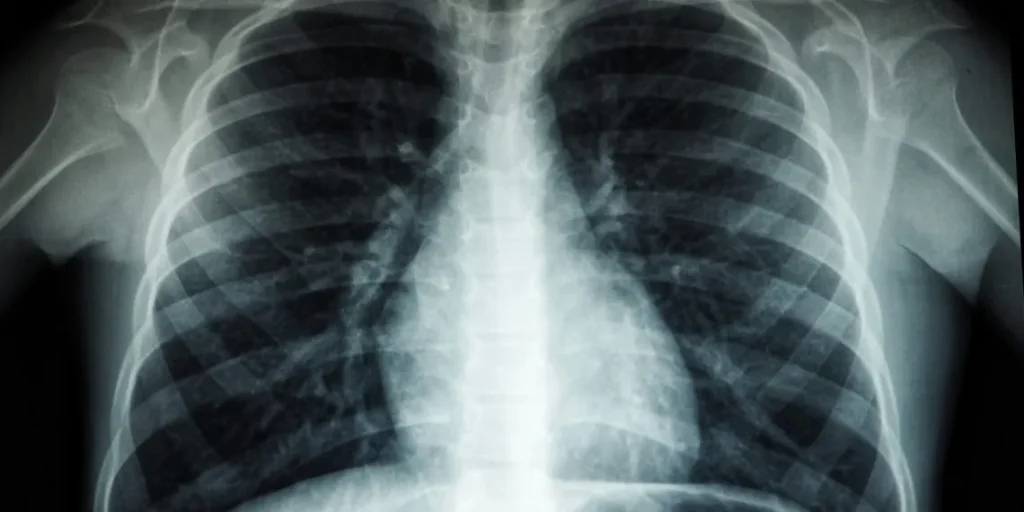
Source: Nike Adebowale-Tambe

An image used to illustrate Tuberculosis (PHOTO CREDIT: Unsplash)
The United States Centers for Disease Control and Prevention (US CDC) has reaffirmed its support for Nigeria in expanding the use of Artificial Intelligence (AI)-enabled Portable Digital X-ray (PDX) machines to combat the country’s twin burden of Tuberculosis (TB) and HIV.
According to Nwagagbo, the PDX machines are crucial in identifying TB infections—even in individuals without symptoms or those whose immune systems have been compromised by HIV. She noted that traditional TB diagnostic methods often fail among PLHIV due to atypical immune responses, leading to underdiagnosis and preventable deaths.
“Globally, 10.8 million people developed TB in 2023, and 2.6 million were not diagnosed or treated. Of these, 662,000 were among people living with HIV,” she said.
In Nigeria alone, 467,000 new TB cases and 71,000 deaths were recorded in 2023. Alarmingly, around 140,000 of those cases were among HIV-positive individuals.
Nwagagbo explained that AI-enabled X-rays are faster and more sensitive than traditional chest X-rays. This technology enhances screening accuracy and reduces delays in diagnosis, ultimately allowing patients to begin treatment earlier.
The portability of the machines also makes them ideal for use in remote areas. “They remove the need for additional equipment or specialists and minimize patient travel, which is often expensive and logistically difficult in hard-to-reach regions,” she added.
The US CDC is working closely with Nigerian health agencies to deploy more of these AI machines across multiple states. The agency is also focused on training local health workers and strengthening community-based surveillance, diagnosis, and treatment mechanisms.
The Nigerian government, through the National TB and Leprosy Control Programme (NTBLCP) and the National AIDS and STIs Control Programme, has intensified efforts to reduce the burden. This includes expanding treatment centres, increasing public awareness, and improving health data reporting systems.